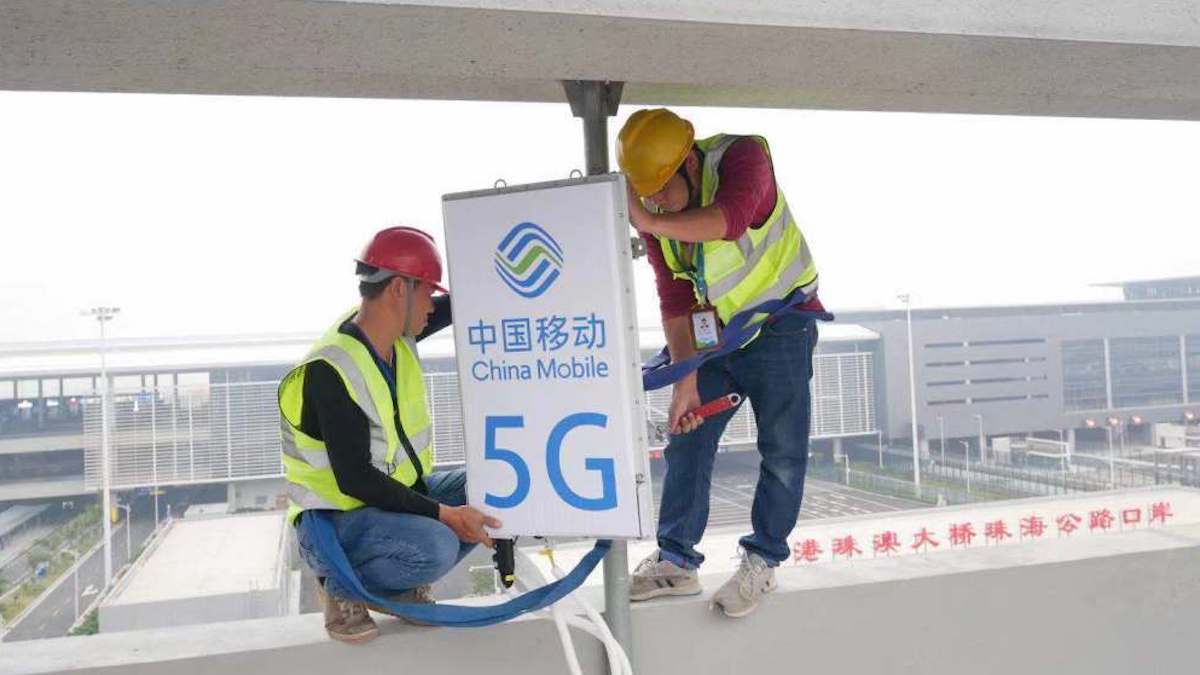(ATF) China has already built almost half of the 5G base stations planned for erection this year, a signal of the importance the communist government is placing on high-speed networking in the post-coronavirus reconstruction of the economy.
Almost 200,000 of the 500,000 beacons planned for this year had been built by the end of March, according to the Ministry of Industry and Information Technology (MIIT).
At the end of last year, more than 20 million people were connected to the country’s 5G network with their mobile devices, said Wen Ku, head of the Department of Information and Communications Development of the MIIT.
The MIIT granted network access licenses to 96 kinds of 5G phones as of Wednesday, compared with 39 at the end of last year, Wen said.
Also, the prices of 5G phones have decreased, with many priced at about 2,000 yuan ($282.47) each, he said.
China will increase the pace of building its 5G infrastructure and enhance cooperation between the upstream and downstream industry players, Wen said.
READ MORE: Honor aims high with new smartphone launch
READ MORE: Telecom giants vow to collaborate on Chinese 5G messaging
The country will also accelerate the transition of its non-standalone mode facilities, which still have to rely on the 4G network, to standalone mode facilities, he added.
Wen said the MIIT will continue to encourage the launch of 5G applications for educational, medical, business and entertainment uses. He said 5G applications such as sport broadcasting, online games, e-commerce and virtual reality would help the country boost its domestic consumption.
The leading player in China’s 5G transformation, Huawei, has called on all industry players in China’s information and communications technology sector to collaborate on developing applications for the protocol.
At the company’s 5G+, Better World online summit, Peng Song, President of Huawei Technologies’ Carrier BG Marketing and Solution Sales Dept, called for companies to “join hands” in developing the sector.
The global digital transformation will accelerate this year, meaning both opportunities and challenges for telecom operators and industries, Peng said.
“To address these opportunities and challenges, operators must aim for more resilient, automated and intelligent target networks, and their annual network plans and activities should be geared towards achieving these goals,” he said.
Huawei charger
During the summit, Huawei released two versions of the its HiCharger DC fast-charging modules for electric vehicles, which include a domestic 30kW version and a national 20kW network.
The module can achieve 300-1000V full-range constant power output and meet the evolution trend of high-voltage fast charging for vehicles in the future, according to Huawei.
























